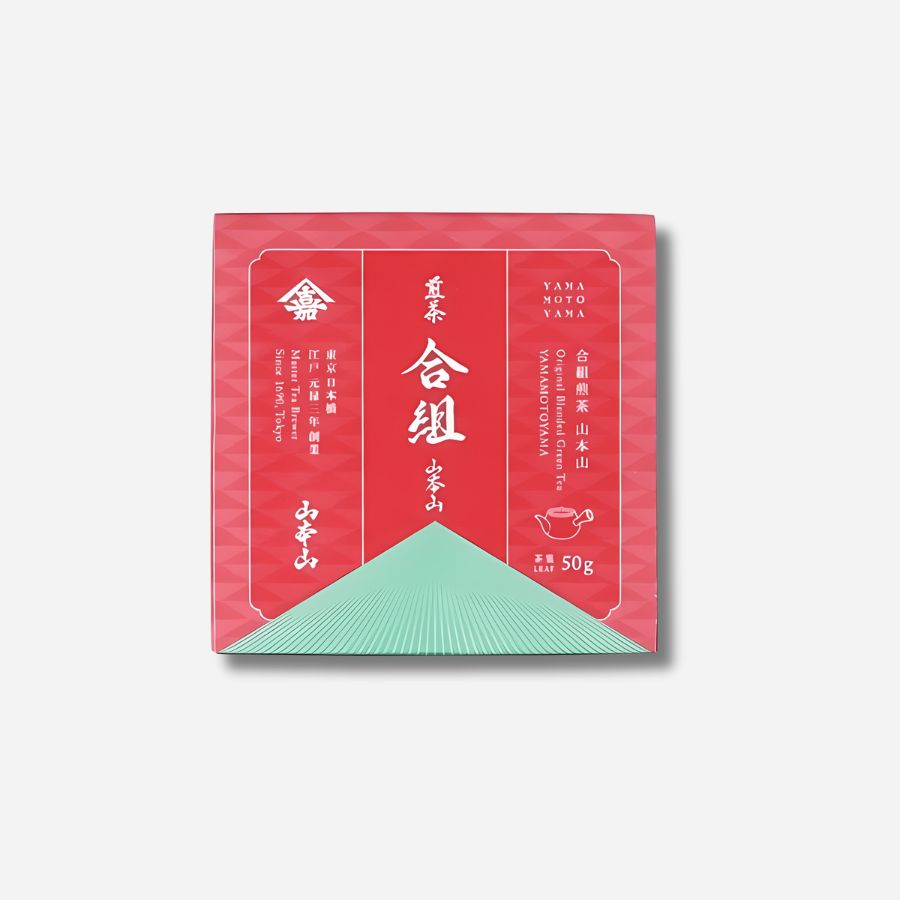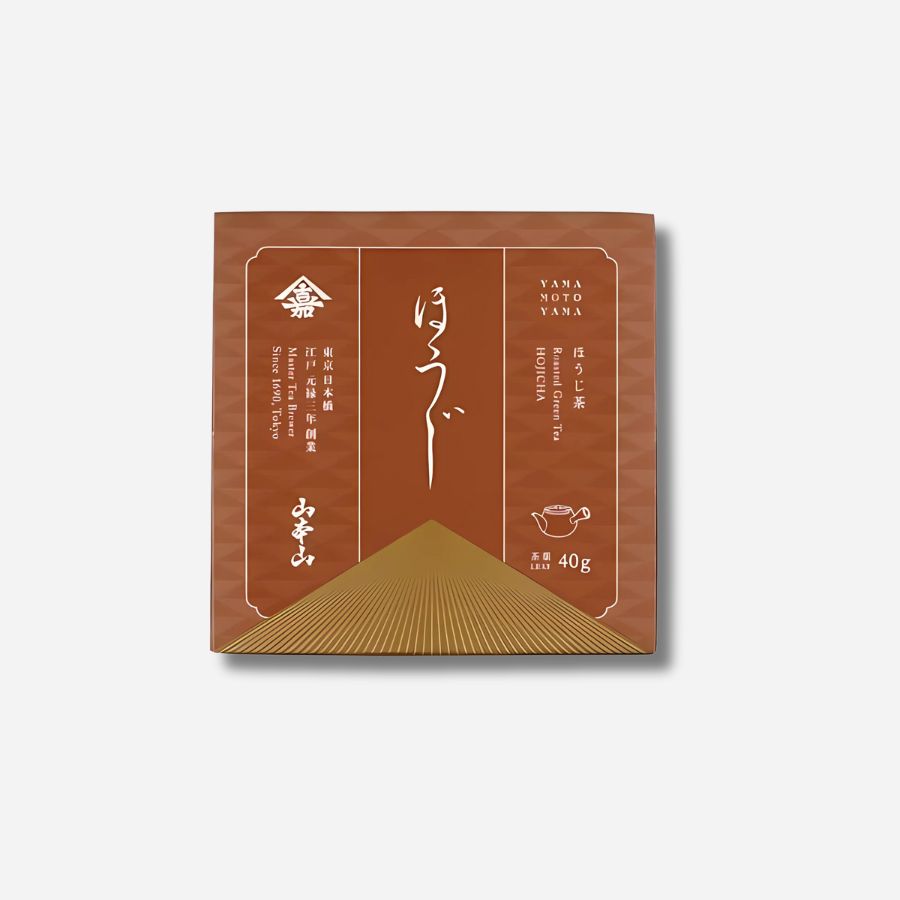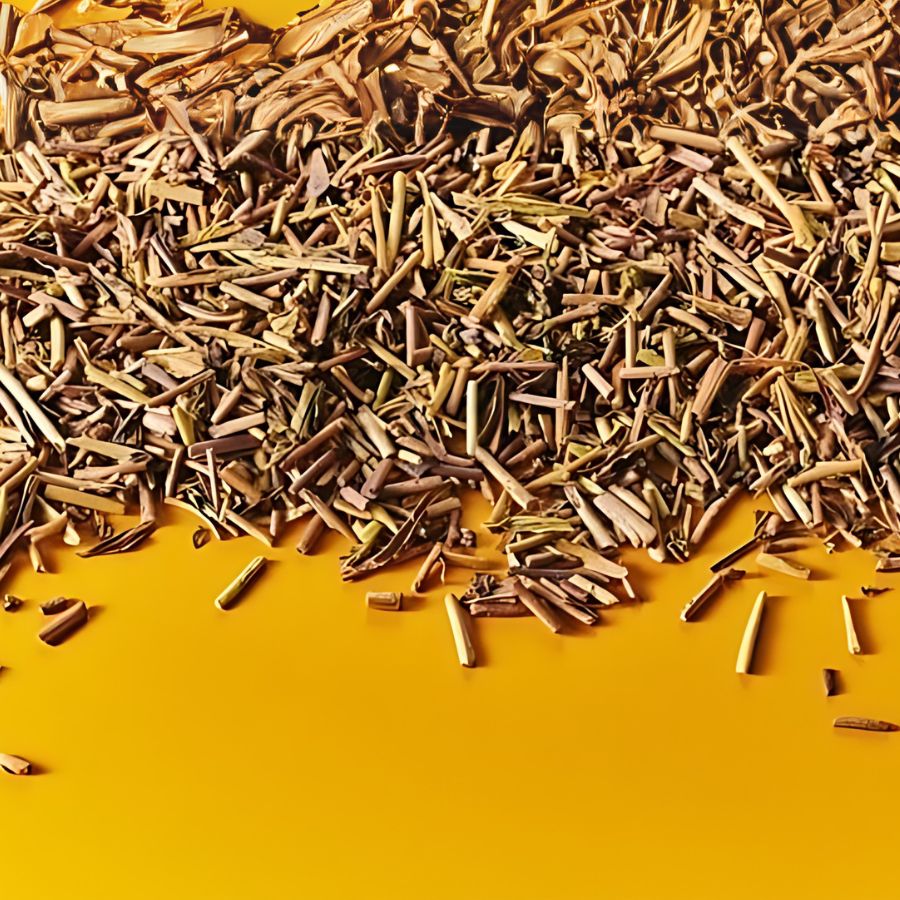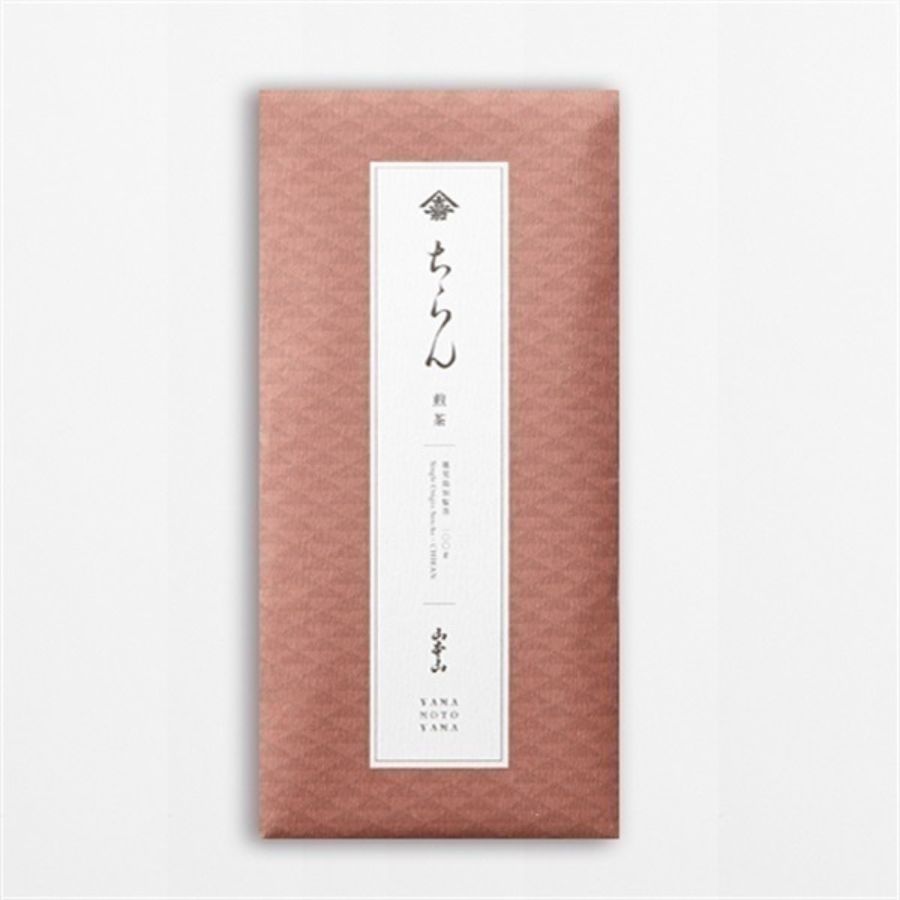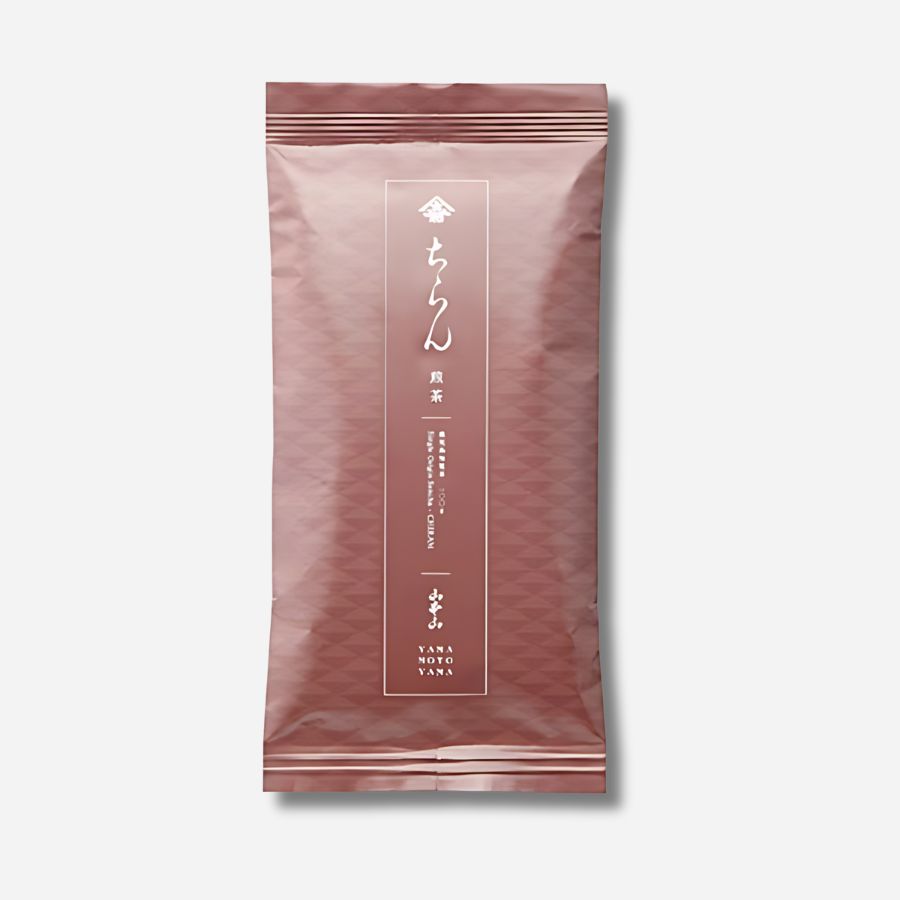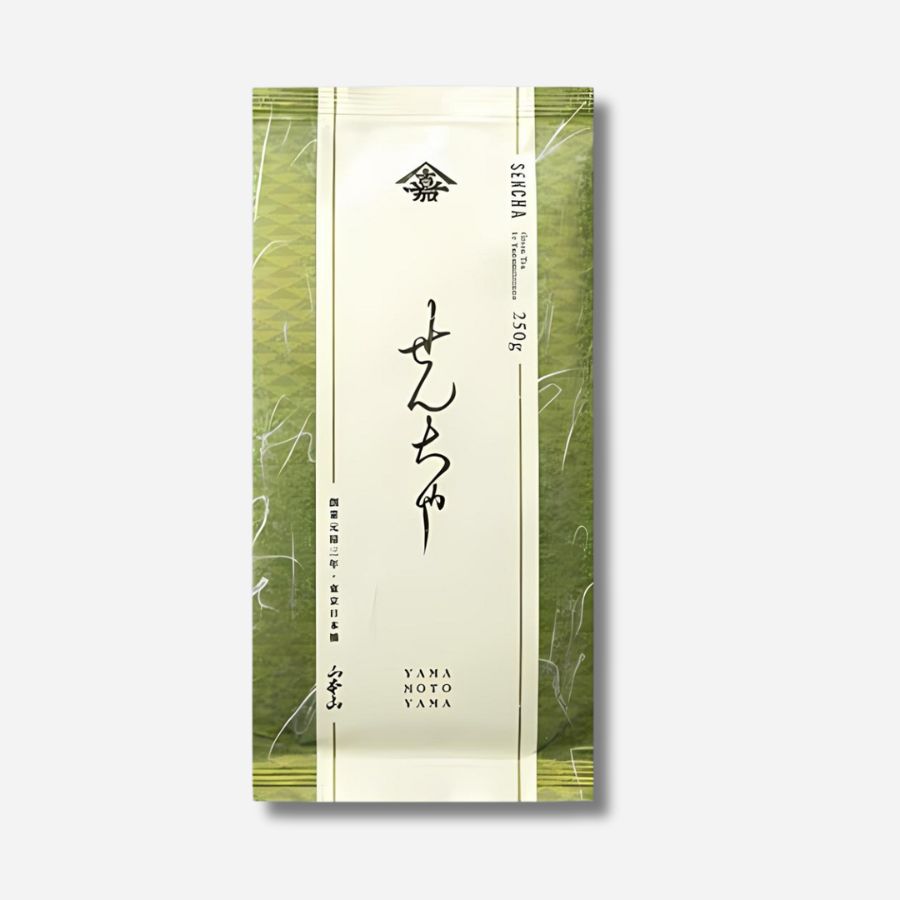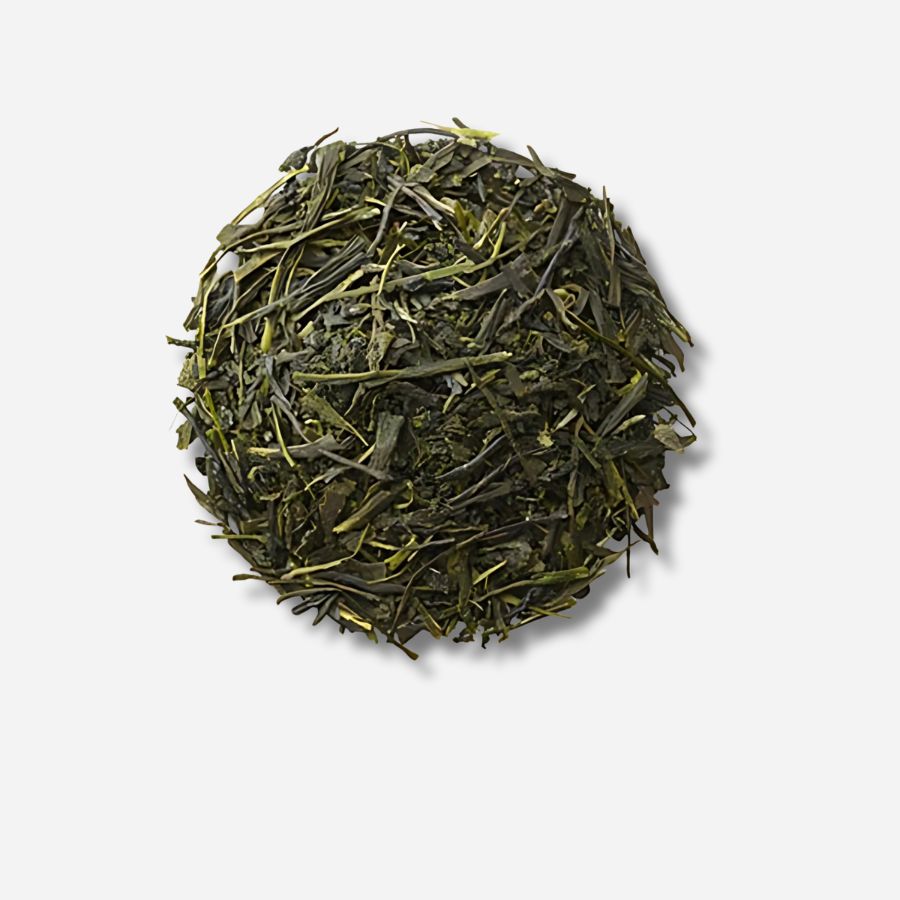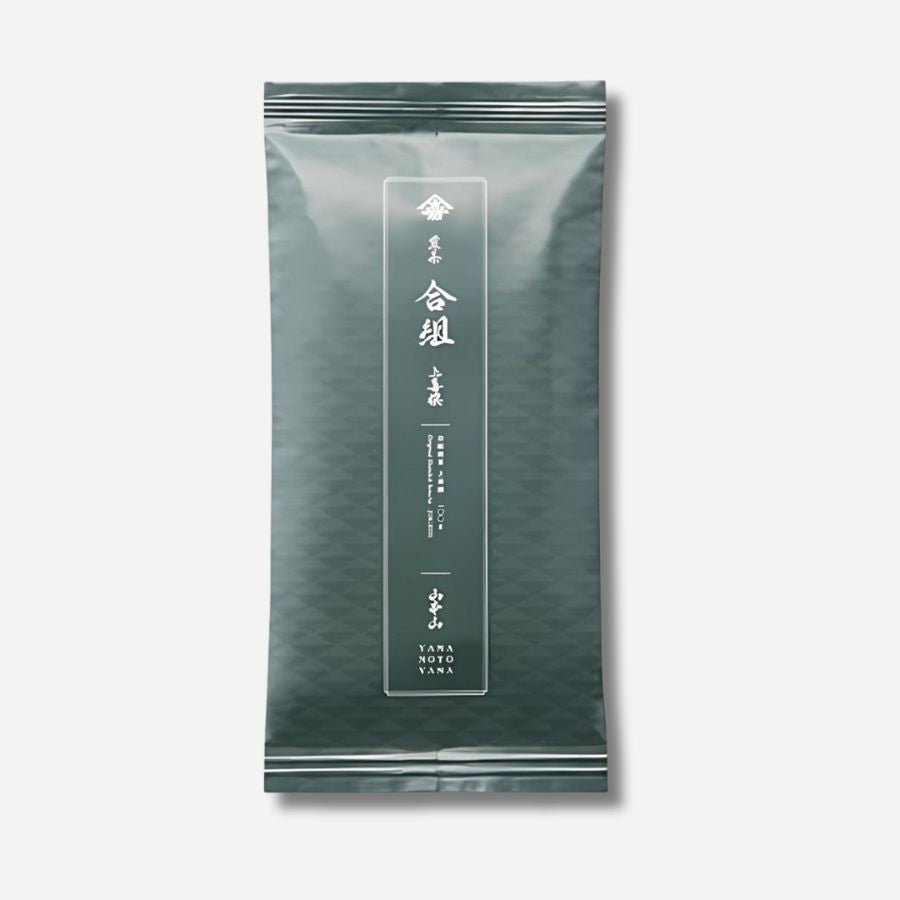
The world of sweets changes with Japanese tea! We'll show you delicious combinations!
Introduction
What kinds of foods go well with Japanese tea?
Japanese tea is not just a drink that quenches the thirst; it is a complex drink that can enhance the flavor of a meal or even create a completely new taste.
This time, we will introduce the appeal of combining Japanese tea with food and some recommended pairings.
Find delicious combinations and expand your taste buds.

The charm of pairing it with tea
Japanese tea has many functions beyond simply quenching the thirst; it also refreshes the mouth and enhances the flavor of food.
Japanese tea is characterized by its compatibility with a variety of foods, including rice and sweets.
This is because the catechins contained in Japanese tea have the effect of resetting the taste buds in your mouth.
For example, Japanese tea leaves your mouth feeling refreshed after eating oily food. It can also eliminate the fishy smell of fish dishes and bring out the natural flavor of the ingredients.

Expanding the possibilities of flavor through in-mouth flavoring
The new flavor that is created when you eat and drink something together is called "mouth flavoring."
For example, the aroma of roasted green tea combined with the sweetness of chocolate can create an unexpected harmony.
The appeal is in discovering new flavors that you wouldn't experience when eating each one separately.

How to choose Japanese tea and food
As mentioned above, Japanese tea can basically be paired with any food, but the foods that go best with different types of tea vary.

Tea with a strong bitter or astringent taste
Regular sencha and bancha, which have a strong bitter and astringent taste, go well with strongly flavored or oily dishes.
Catechins attach to the taste buds that detect flavors, weakening the sense of taste, so strongly seasoned foods taste better.

Houjicha and Genmaicha
Hojicha and genmaicha have a relatively light flavor, so they go well with light-tasting foods, such as tofu and vegetable dishes.

Seasonal Japanese sweets and teas that go well with them
If you're having trouble deciding what to have with your tea, why not try some seasonal Japanese sweets? We'll introduce you to the teas that go well with seasonal Japanese sweets.

Spring: Sencha, Gyokuro, Matcha, Kabusecha
Many spring Japanese sweets, such as sakura mochi, domyoji, kashiwa mochi, and chimaki, are wrapped in leaves. They go well with the leaves they are wrapped in, creating a lingering aftertaste. The saltiness of the leaves and the refreshing bitterness of sencha complement each other well.

Summer: Cold tea, Kamairicha, Bancha, Genmaicha, Houjicha
Cool Japanese sweets such as warabimochi, kudzu, and mizuyokan go perfectly with the equally cool cold tea. Kamairicha, which has a mild bitterness and sweet aroma, also goes well with it. The fragrant hojicha brings out the sweetness of mizuyokan and has a refreshing aftertaste.

Autumn: Houjicha, Sencha, Matcha, Kukicha
Many autumn Japanese sweets, such as Tsukimi Dango, Ohagi, and Kurikinton, are characterized by their sticky texture and rich sweetness. Why not try eating them with Hojicha green tea, which will refresh your mouth and allow you to drink lots of it?

Winter: Houjicha, Fukamushi Sencha, Bancha, Genmaicha
Mochi and daifuku tend to fill you up, so deeply fragrant teas such as roasted green tea and deep-steamed sencha go well with winter Japanese sweets.

Tea and dessert pairing examples
Gyokuro x Kintsuba: The refined sweetness and smooth texture of the kintsuba further enhances the smooth texture of the gyokuro.
Hojicha tea and rice crackers: Hojicha tea has a low caffeine content, making it easy to drink large amounts and it pairs well with salty rice crackers.
Hojicha x pudding: The mild flavor of hojicha brings out the caramel and sweetness of the pudding, as well as the gentle sweetness of the pudding.
Hojicha x waffle: The crispy texture of the waffle and the fragrant roasted green tea create an exquisite contrast. Sencha x Chocolate: When combined with rich chocolate such as chocolate cake or gateau au chocolat, the bitterness of the tea brings out the sweetness of the chocolate, enhancing the deliciousness of both. Sencha x Cheesecake: The rich flavor of the cheesecake and the refreshing taste of sencha create an exquisite balance. It goes especially well with cheesecake kneaded with matcha.
Matcha x Chocolate: The bitterness of the matcha and the sweetness of the chocolate harmonize well, making it well-balanced and easy to eat.
Matcha and Western sweets in general: When combined with rich sweets such as raw chocolate or cheesecake, the bitterness of matcha enhances the sweetness of the sweets.
Genmaicha and ice cream: After savoring the taste of the ice cream, the genmaicha leaves your mouth feeling refreshed. The grain aroma unique to genmaicha also adds a savory flavor to the ice cream.
Genmaicha x Monaka: The fragrant genmaicha and the fragrant monaka wrapper complement each other, allowing you to enjoy an even more fragrant taste.
Genmaicha x Kinako mochi: The fragrant flavor of kinako and genmaicha combine to create an even more fragrant taste.
Genmaicha x Fruit: We recommend pairing it with fresh fruits such as strawberries and mangoes. The fragrant aroma of genmaicha brings out the sweetness of the fruit.





